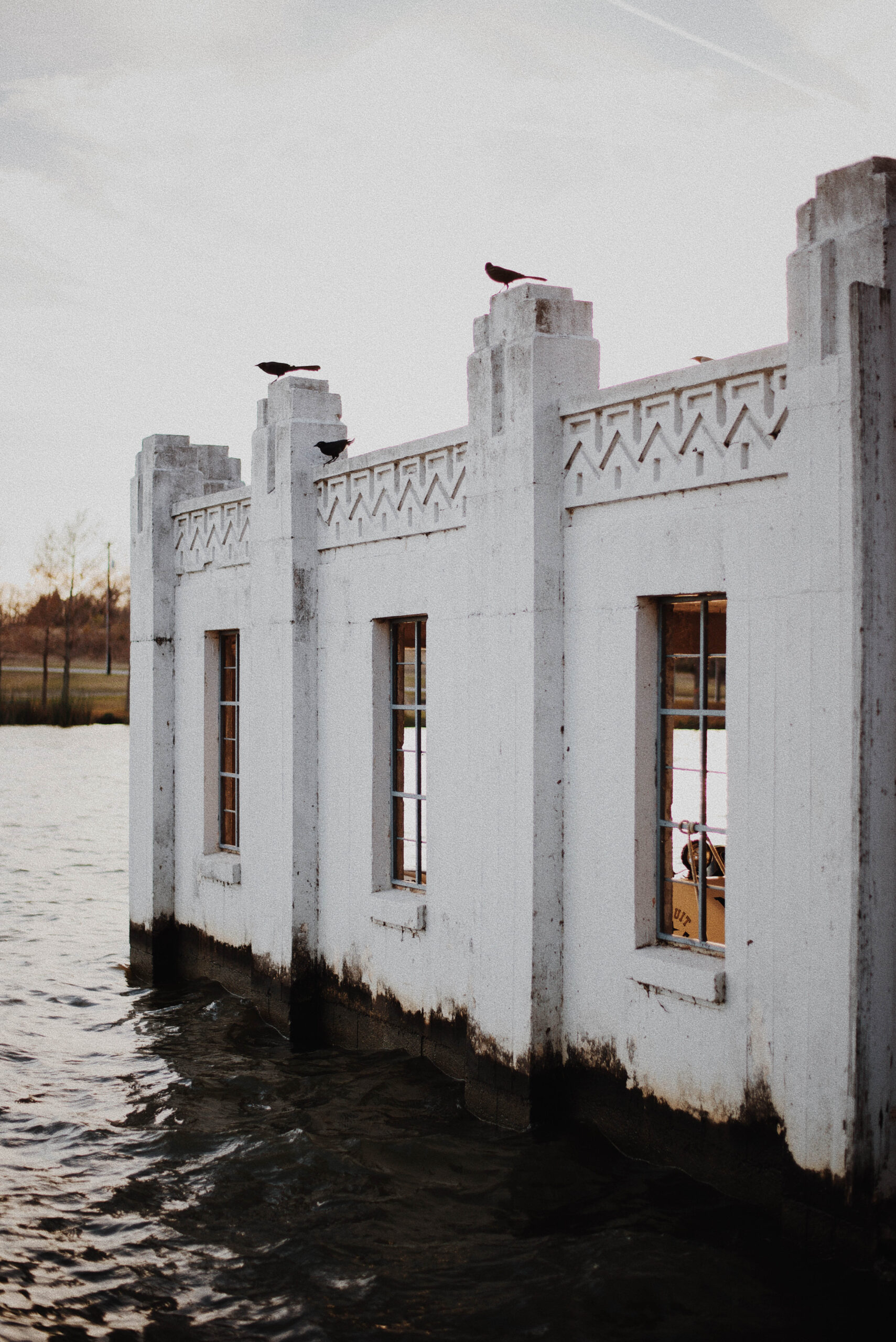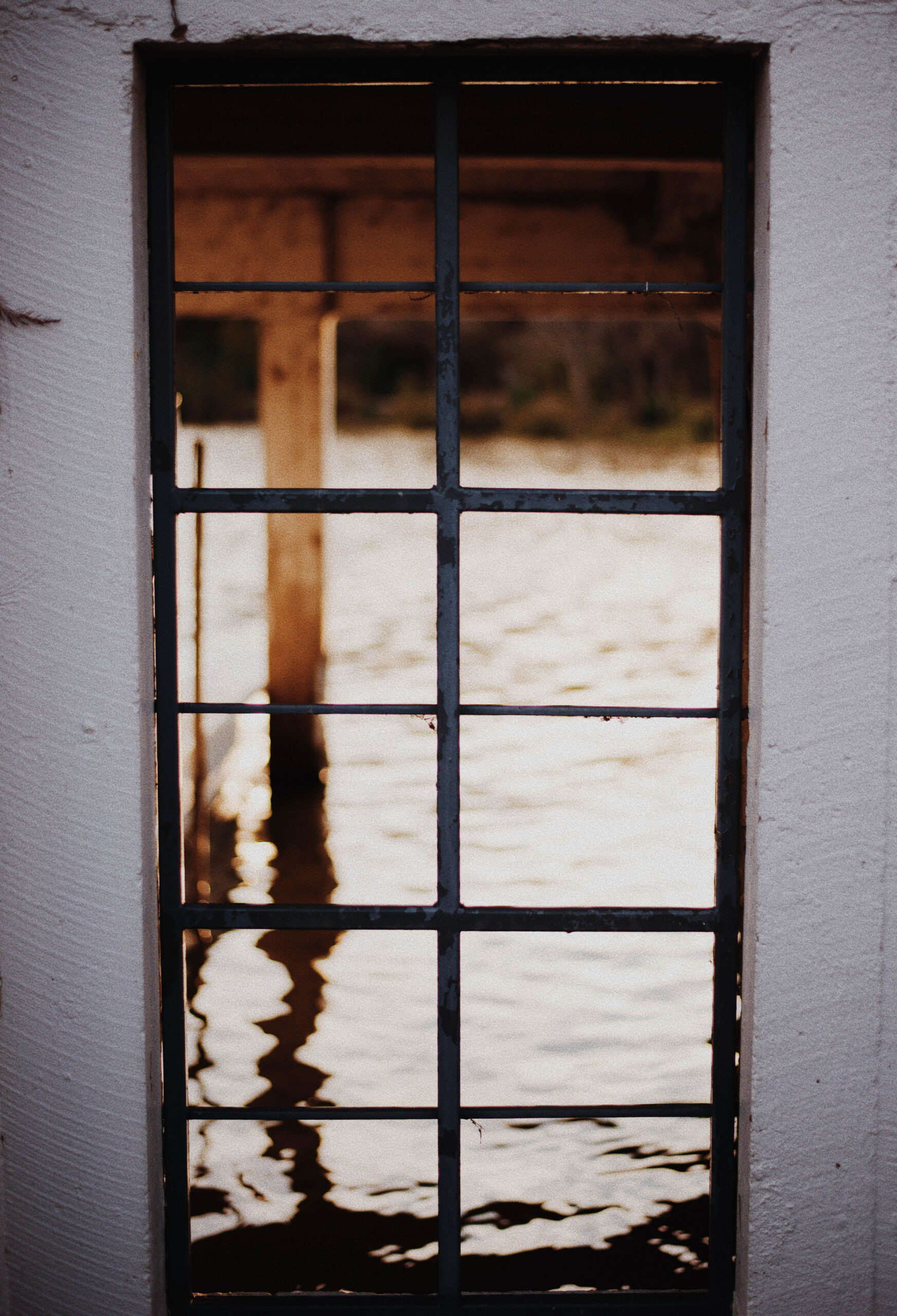
Photography by Lauren Allen
There is a new plan currently being developed at City Hall which could shape the future of White Rock Lake Park.
Built and filled between 1911 and 1914, White Rock Lake (WRL) is a 1,015-acre city lake that has been described as the “jewel in the crown of the Dallas park system.” Lakewood and Lake Highlands both owe their names — and a lot of neighborhood identity — to the lake, which receives over 2 million visitors annually.
The lake anchors the 2,200-acre eponymous park built around it, which contains landmarks like Flag Pole Hill, Winfrey Point, the Bath House and Boy Scout Hill.
Since the lake’s filling, more than a dozen master plans, maintenance plans and design guidelines have been put in place to manage the park. Some documents go back to World War II, while others come from as recently as 2022.
That’s why, when running for reelection in 2023, District 9 Council Member Paula Blackmon made consolidating these diverse visions for WRL’s future a campaign priority alongside dredging.
“What we are doing is, when you go into that area and we’ve given it a kind of a theme or a thought, then it goes into deeper diving of project development,” Blackmon says. “And so what we’re hoping is that people understand what is happening in that area and then develop ideas in which to be implemented later on. But this is not one where it says, ‘Oh, here is going to be a picnic table, and here, there’s going to be a playground.’ It’s just kind of showing different zones of that, combining all the stuff that’s been done before, what is there now?”
Shortly after her reelection, consultants contracted by the city began gathering data and information from past studies for the new White Rock Lake Master Plan. The goal: create a living document outlining opportunities for future improvements at the lake.
The plan will not provide concrete action items complete with blueprints and budgets; instead, the WRMP will be an evolving document outlining a vision for the lake’s future by pinpointing opportunities for potential exploration at various park sites.
“This is one of the main driving factors of why Paula thought it was so important,” District 9 Park and Recreation Board Rep. Maria Hasbany says. “In order for us to get money for projects, we need to know what those projects and needs are. You need a plan laid out.”
The process was originally intended to be completed by the fall of 2024, but Blackmon says that the city has sought additional public feedback to refine the document.
“At one point, we changed the public engagement process to allow more meetings and more engagement,” Blackmon says. “I feel that we’ve had a lot of community engagement. We’ll continue to have community engagement. It doesn’t mean that it’s over. This is not a static document. It is very much a living document, and we need to change it along the way.”
Several community meetings were held at various locations around the lake from 2023 to 2024, and a survey was opened to gather neighbor feedback. The three largest priorities identified from neighbor feedback were trails, general maintenance, and green spaces and preservation.
Using the neighbor feedback, city staff and consultants have created draft master plans detailing opportunities for improvement at the lake. The opportunities vary in scale, with some drafted ideas drawing more attention than others, but Hasbany says it’s important to remember they are just that — opportunities, not set commitments.
“The part that’s challenging is it’s not a true master plan,” Hasbany says. “You can have public input as much as you like, but it’s not like we’re asking your input on whether or not you want a hotel. If you really read the document, it’s talking about what, in general, what kind of trails would we like there? In general, it’s all sort of in general. And there’s no money for any of it, and some of it is big picture thinking, so we’ll say we’ve had a lot of public input for a document that really isn’t driving any immediate decisions about anything.”
The plan tackles each section of the park individually, with areas like Winfrey Point, the Bath House and Flag Pole Hill addressed site-specifically.
At Flag Pole Hill, the plan identified opportunities such as a playground expansion, a refitting of the staff building as a visitor center, and reforesting the entryway along Northwest Highway. Baseball field upgrades, wildflower plantings and the potential creation of a site-specific master plan have been identified as opportunities at Winfrey Point. At the Bath House Cultural Center, the plan encourages consolidation of “inefficient parking” to create more green space.
Along with smaller opportunities outlined in the draft plan, “big ideas” are also identified for potential improvements. Ideas identified include an elevated trail connection running behind the Filter Building, shoreline reclamation near the Bath House, an overlook at Mockingbird Point, a bridge renovation and construction of a pedestrian overpass with trail connections at the end of Mockingbird pedestrian bridge, and a boardwalk along South Garland Road which will maintain the integrity of the trail in the face of worsening erosion.
The idea for a boardwalk has been well-publicized, with neighbors campaigning for or against the idea. That’s why it’s important to remember the document’s role as a guiding vision for the future, not a decisive action plan, Hasbany says.
“There is no money for the boardwalk,” she says. “There is no money for the erosion control until we figure out how we’re going to pay for the erosion and how we’re going to pay for that boardwalk. Nothing can happen until we figure out the financial mechanism to do so.”
City staff began reviewing a final draft of the plan in March. Blackmon says the final version of the master plan will likely come to the Park Board for approval in fall, more than three years after the plan was announced.
“I’m excited that people did take part in this. I know there were tons of surveys. We had lots of options,” Blackmon says. “And so I just hope that if people feel like they haven’t been heard, there’s still an opportunity that they can email me, or they can email the parks department, and we’re happy to send the information off to the consultant and look at it.”













